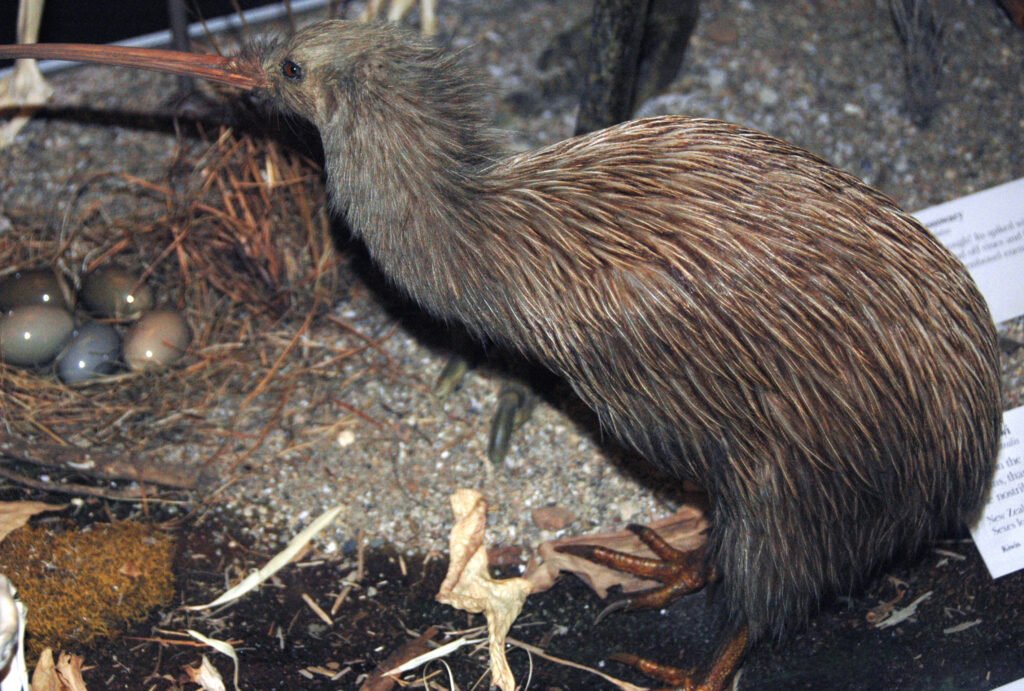Imagine a bird so odd, so endearing, and so completely unlike any other, that it seems plucked straight from a storybook. Now picture this: a bird that once soared the skies, but over time, chose to trade its wings for a life on the forest floor. The kiwi, New Zealand’s national icon, is a living testament to the wonders of evolution and the unexpected paths nature can take. Its journey from flight to adorably flightless has captivated scientists and animal lovers alike, sparking a sense of awe and curiosity that never quite fades.
The Ancestral Kiwi: Born to Fly
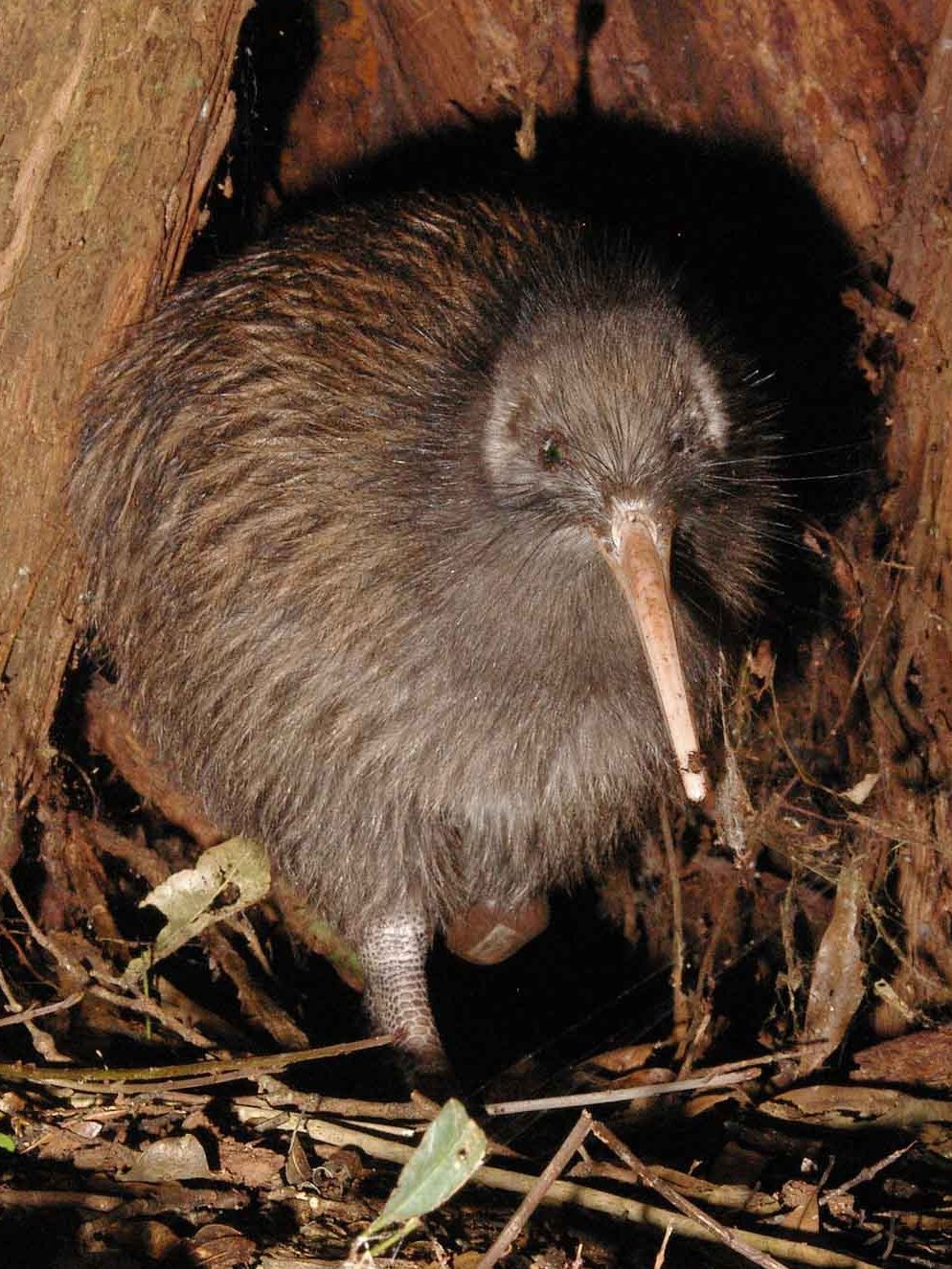
Long before kiwis became the feathered oddballs we know today, their ancestors were capable fliers. Fossil records and genetic studies reveal that the kiwi belongs to a group of birds called ratites, which also includes ostriches, emus, and cassowaries. These birds share a distant ancestor that could indeed take to the skies. As New Zealand split from the ancient supercontinent Gondwana, its isolation created a unique environment. There were hardly any land mammals, leaving birds to fill almost every ecological niche. The ancestors of the kiwi, likely small and airborne, found themselves in a paradise without predators, making flight less and less necessary.
Why Did Kiwis Lose Their Wings?
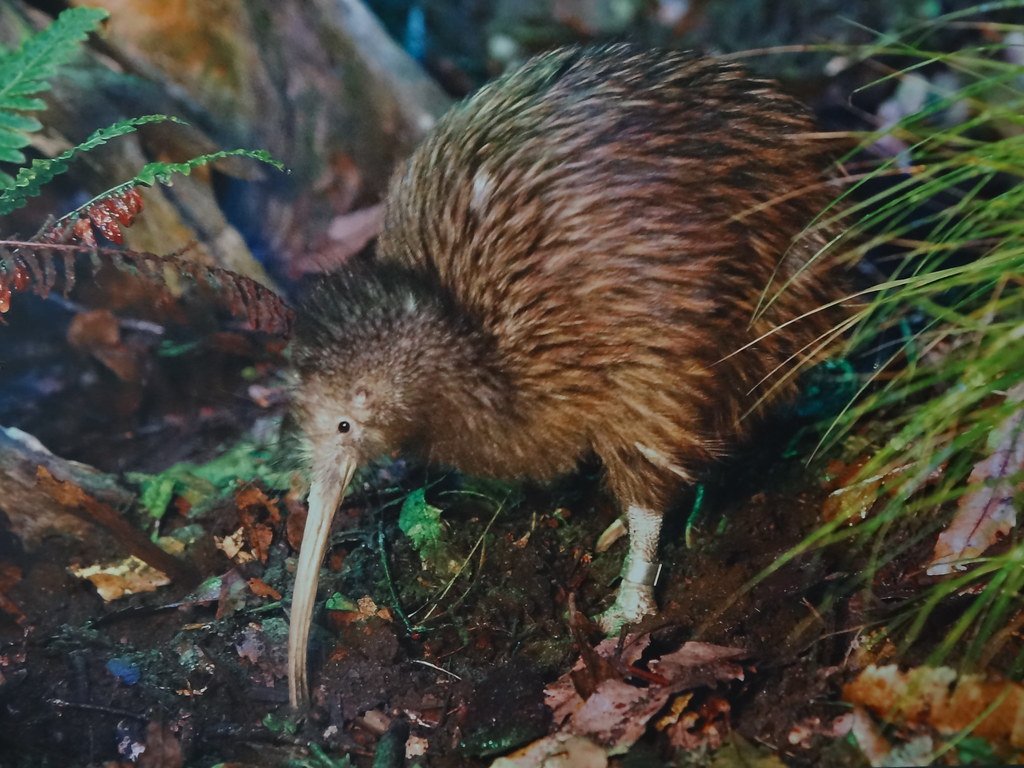
Nature is an expert at shaping creatures to suit their homes. Once in New Zealand, kiwis discovered a world where the dangers of ground living were minimal. With few natural predators around, the energy required for flight became a burden rather than a blessing. Over thousands of generations, natural selection favored kiwis with smaller wings, stronger legs, and bodies built for scurrying under ferns, not soaring above treetops. In a way, they traded the sky for safety, evolving into the perfect ground dwellers.
The Science Behind Flightlessness

Losing the ability to fly is no simple matter. It involves a complex web of genetic changes that affect muscles, bones, and even metabolism. In kiwis, the wing bones have shrunk to tiny stubs hidden under soft feathers, resembling nothing more than vestigial remnants. Unlike their flying relatives, kiwis lack a keeled breastbone, the anchor point for strong flight muscles. Their feathers have become shaggy and hair-like, better suited for camouflage on the forest floor than for slicing through air. These adaptations are a masterclass in how evolution can repurpose a body for a dramatically different lifestyle.
The Kiwi’s Unique Anatomy: Built for the Forest Floor
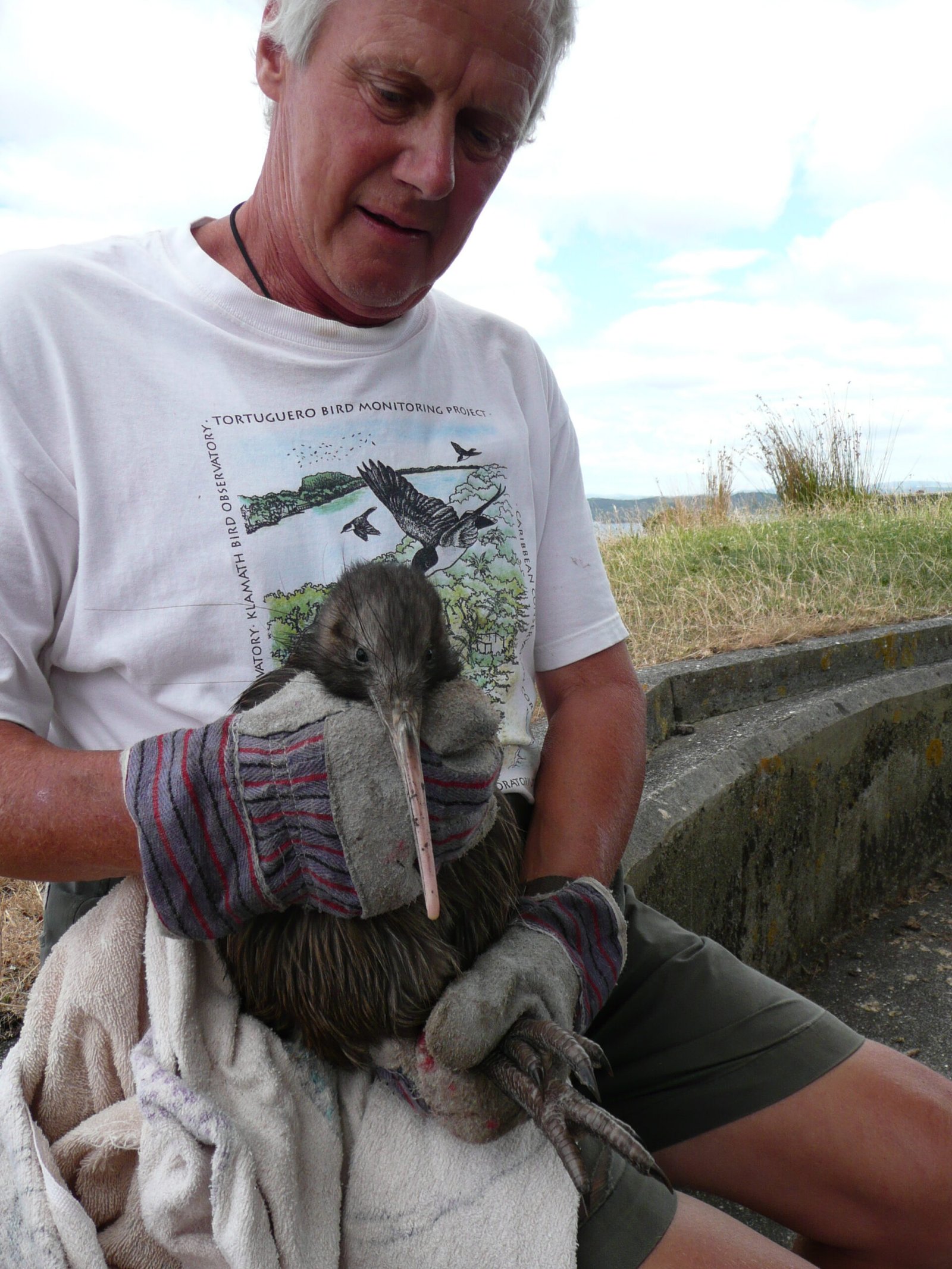
Everything about the kiwi seems designed for a life of nighttime foraging. Their long, sensitive beaks are tipped with nostrils—unusual for birds—which help them sniff out insects, worms, and berries hidden beneath the soil. Their legs are surprisingly muscular, making up about a third of their body weight, and allow them to run quickly and dig with impressive force. Even their eggs are extraordinary: kiwis lay some of the largest eggs relative to their body size in the bird world, packed with nutrients to give their chicks a strong start.
Cuteness as a Survival Strategy
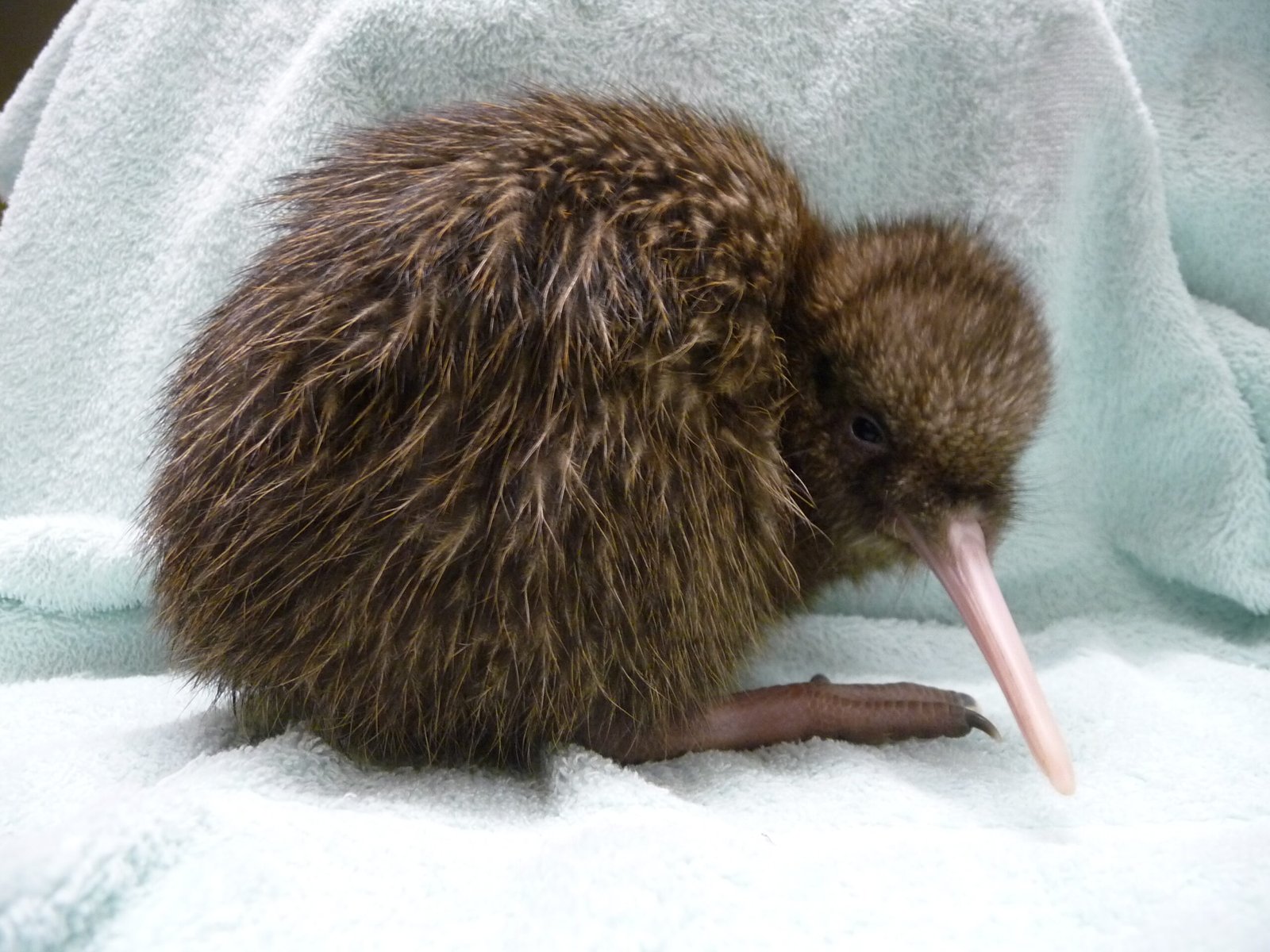
It’s hard not to smile at the sight of a kiwi: round, fuzzy, and almost comically awkward, they embody a kind of wild innocence. But their cuteness is more than just a quirk; it’s become a powerful tool for survival. As New Zealanders and visitors fell in love with the kiwi, efforts to protect and conserve them intensified. Their irresistible charm has turned them into conservation ambassadors, rallying people to protect their habitats and ensure their continued survival. In a world where appearance can make or break a species’ fate, the kiwi’s cuteness has become its secret weapon.
Nighttime Ninjas: The Secret Lives of Kiwis
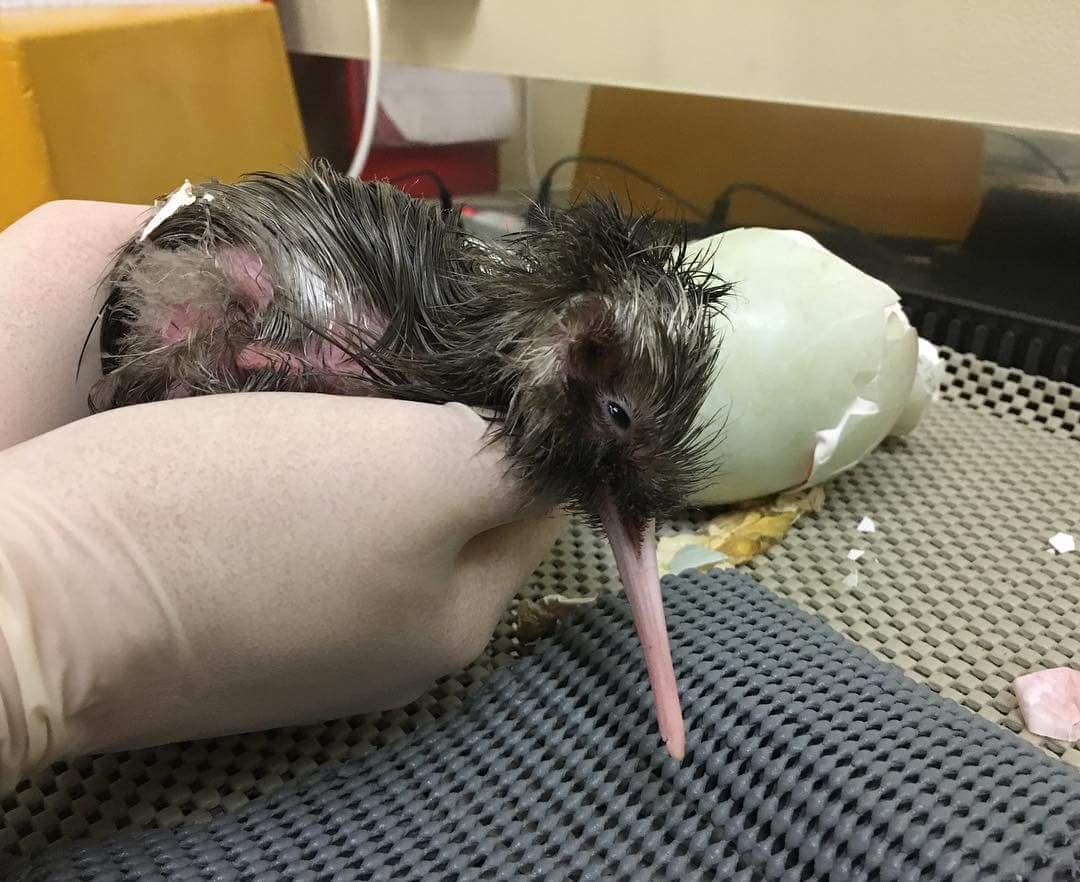
Kiwis are masters of the night, emerging from their burrows at dusk to search for food under the cover of darkness. Their finely tuned senses—especially their keen sense of smell and touch—allow them to find prey invisible to most other animals. Moving with surprising stealth, they navigate the dense undergrowth, rarely making a sound. For many years, their elusive behavior made them almost mythical; early European settlers in New Zealand even doubted their existence, until one was finally brought to light.
Facing New Threats: Predator Invasion
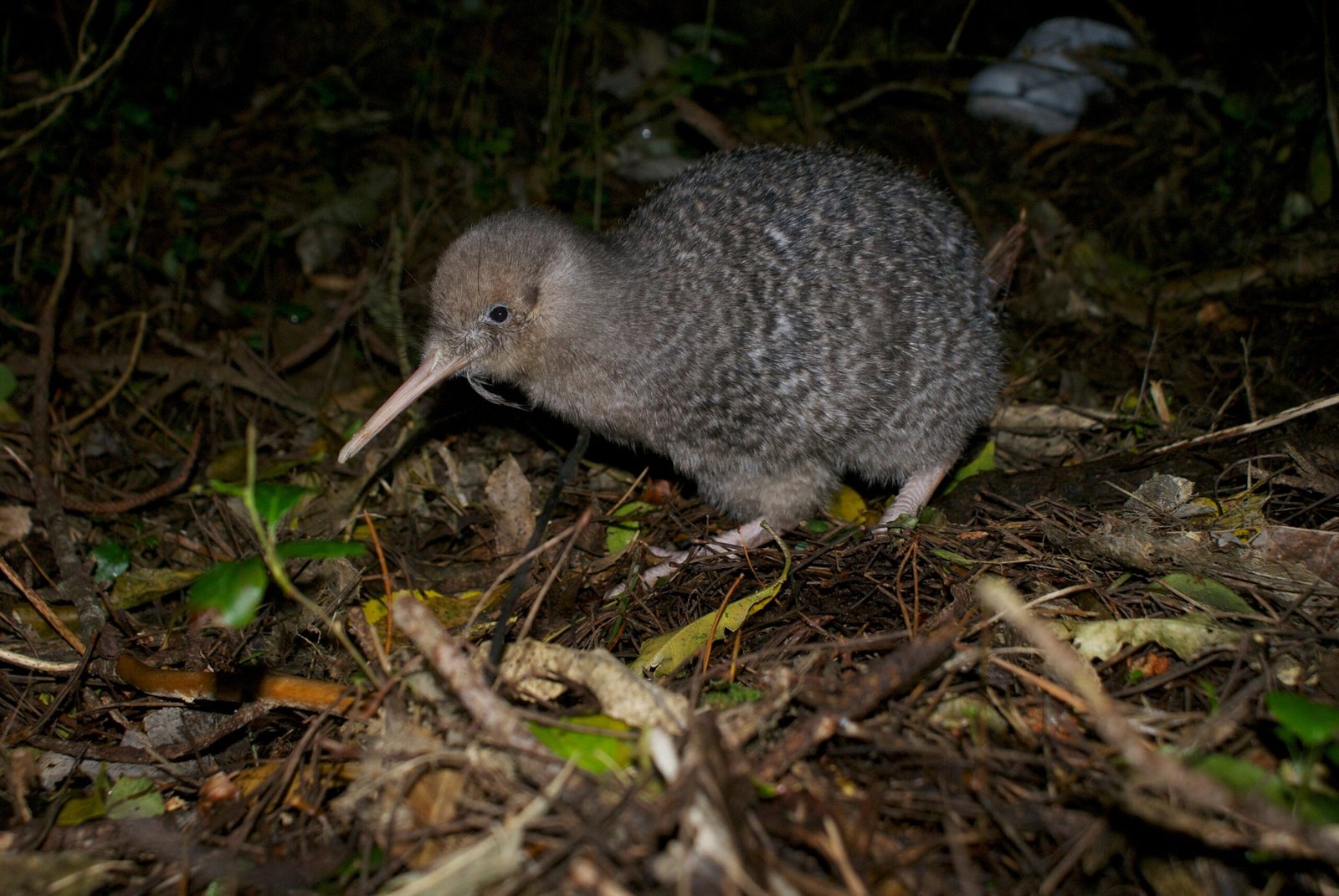
The arrival of humans and introduced mammals like stoats, dogs, and cats changed everything for the kiwi. Suddenly, their flightlessness became a disadvantage, making them easy targets. Kiwi chicks are especially vulnerable, and predation has caused their numbers to plummet in the wild. Conservationists have responded with bold measures, including predator-free sanctuaries, egg-rearing programs, and island relocations. These efforts are a race against time, fighting to keep the kiwi from fading into legend.
Extraordinary Eggs and Devoted Dads
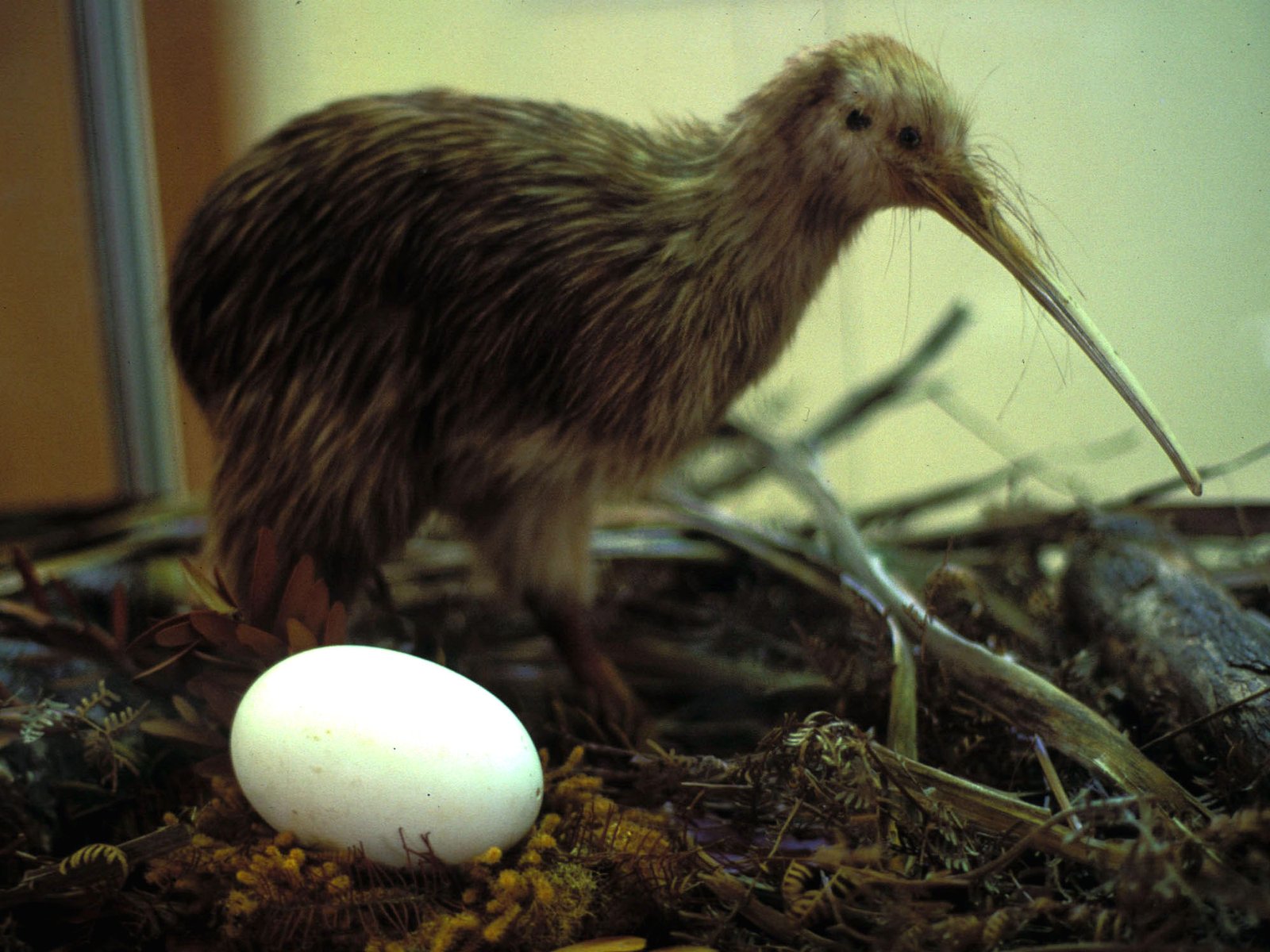
Among the kiwi’s many peculiarities, its reproductive habits stand out. The female kiwi lays an egg so massive that it can weigh up to 20% of her own body weight—imagine a human mother giving birth to a six-year-old. Once the egg is laid, it’s usually the male’s job to incubate it, patiently keeping it warm for up to 80 days. This extraordinary parental care gives kiwi chicks a better chance at survival, echoing the theme of adaptation and resilience that defines the species.
Kiwi Conservation: A National Obsession
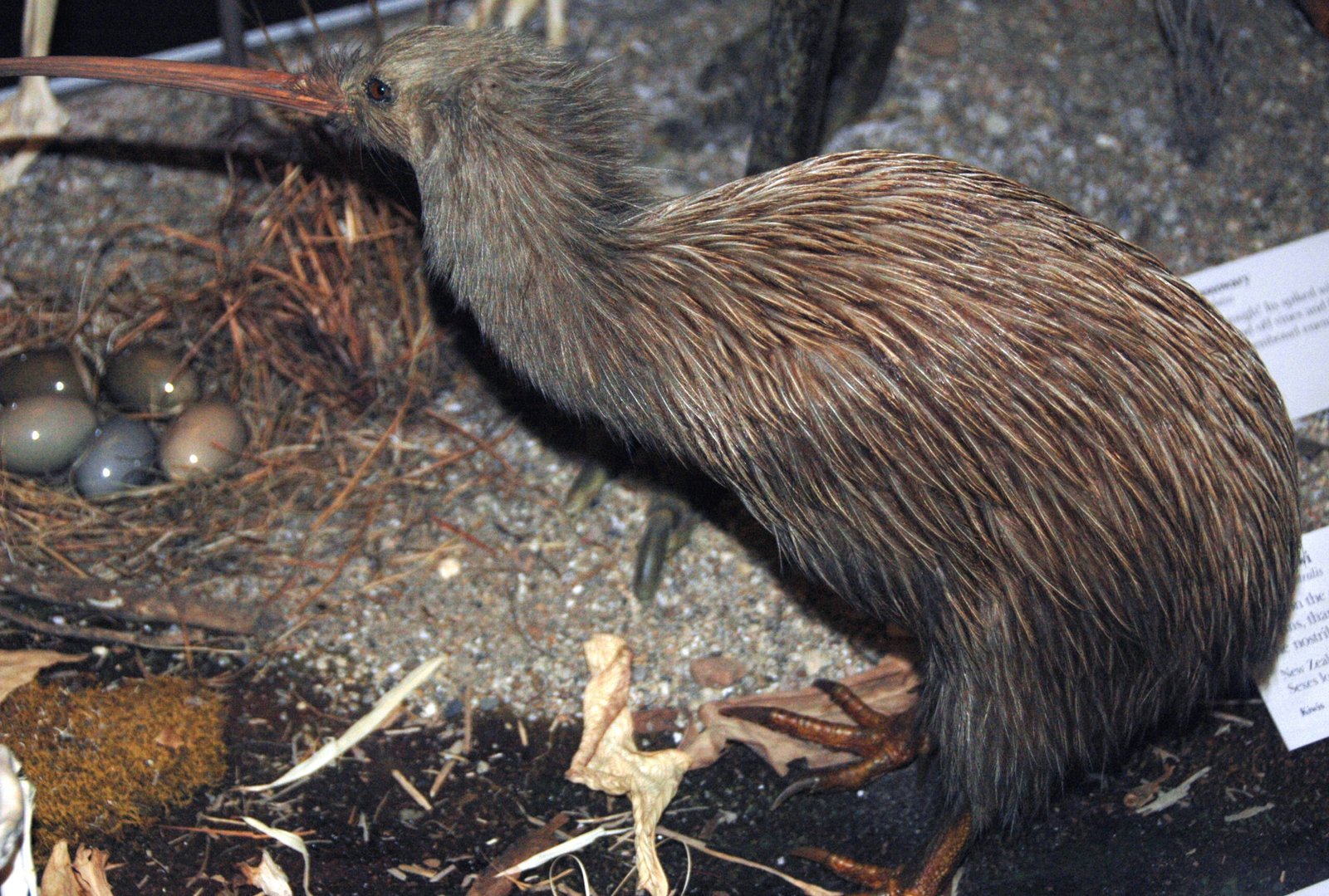
Few countries are as passionate about a single animal as New Zealand is about the kiwi. The bird appears on coins, stamps, and even military badges. Entire forests have been set aside as kiwi sanctuaries, and thousands of volunteers spend countless hours monitoring nests, trapping predators, and educating the public. This collective effort has seen some populations stabilize or even grow—a rare conservation success story in a world where so many species are in decline.
The Kiwi’s Place in Culture and Legend
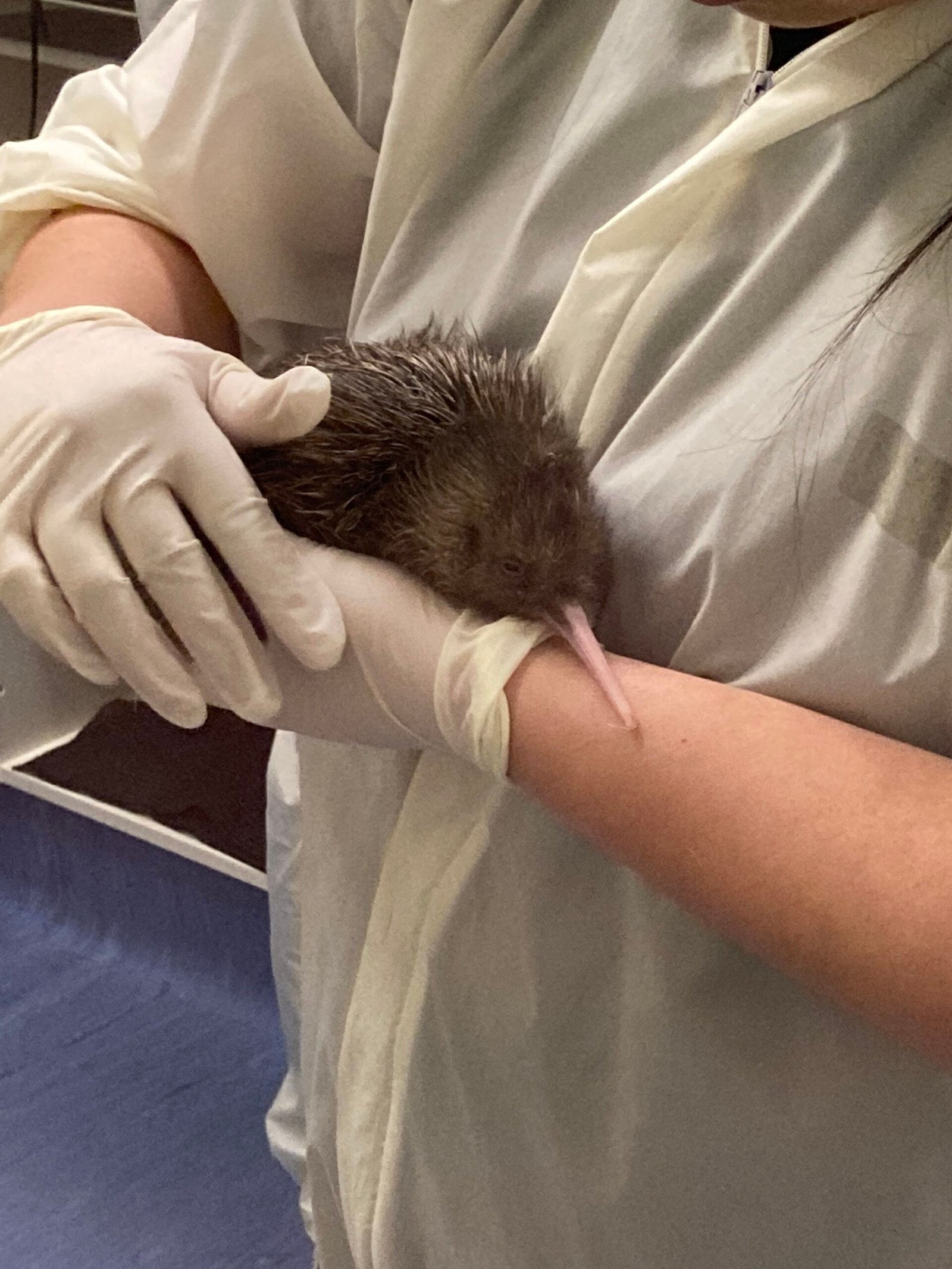
For the Māori, New Zealand’s indigenous people, the kiwi is a sacred treasure, woven into myths and legends that stretch back centuries. Stories tell of the kiwi’s bravery, humility, and connection to the earth. Today, the word “kiwi” is used not only for the bird but as a proud nickname for New Zealanders themselves, symbolizing resilience, uniqueness, and a deep bond with the land. The kiwi’s story is more than just biology—it’s a living thread in the fabric of a nation.
What the Kiwi Teaches Us About Adaptation
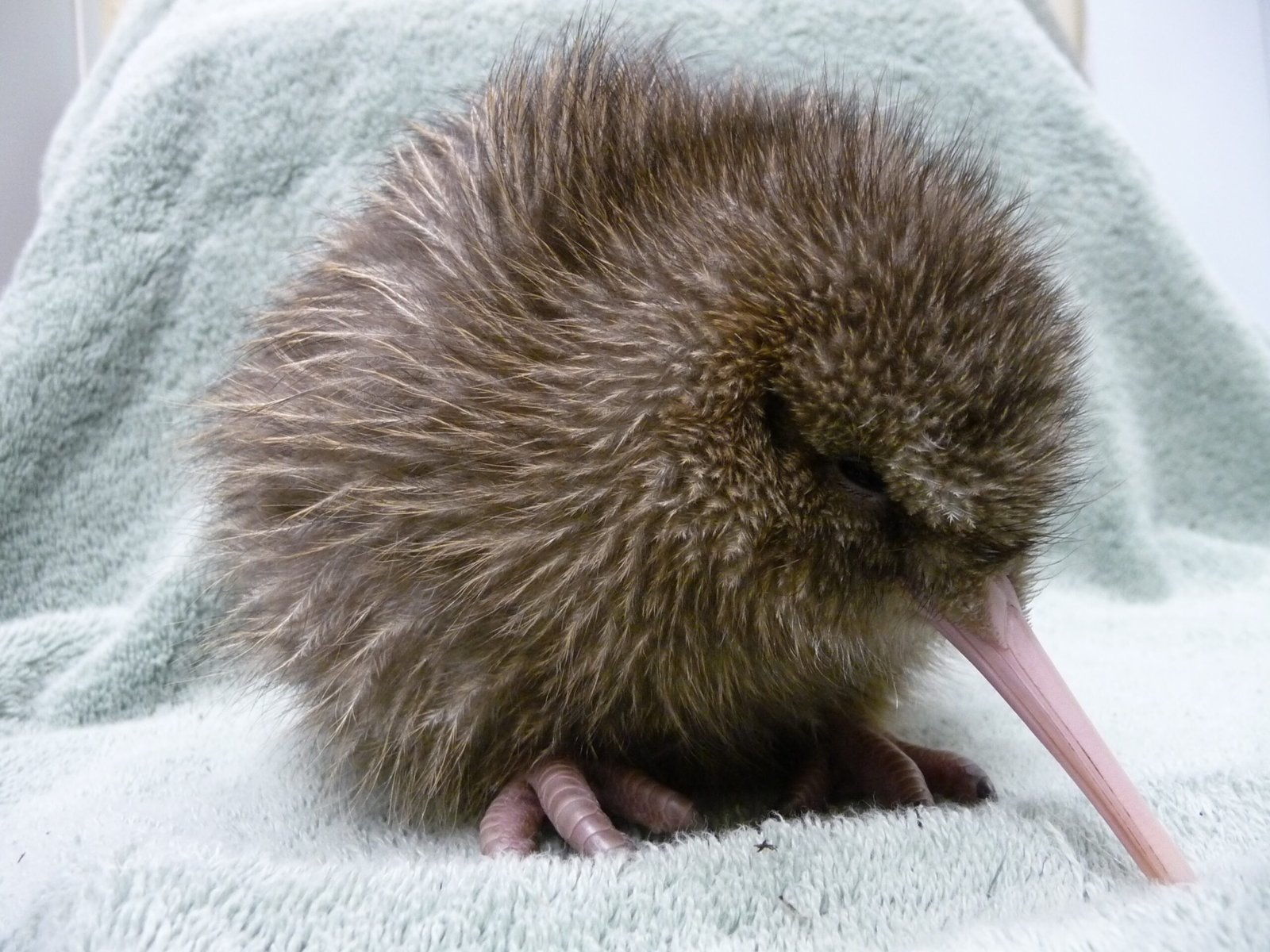
The kiwi’s journey from sky to soil is a vivid reminder that evolution doesn’t always follow a straight line. Sometimes, survival means giving up what once seemed essential—like wings—in order to thrive in a changing world. The kiwi’s story is about embracing difference, adapting with creativity, and finding strength in vulnerability. Its continued existence depends on our willingness to protect the strange and wonderful forms that nature can take. Isn’t it astonishing what can happen when a bird forgets how to fly—and finds a new way to win our hearts?

